#Gerrit van Honthorst
Explore tagged Tumblr posts
Text

Saint Sebastian, 1623, Gerrit van Honthorst
446 notes
·
View notes
Text

Artemisa
Artist: Gerrit van Honthorst (Dutch, 1592-1656)
Date: c. 1635
Medium: Oil on canvas
Collection: Princeton University Art Museum, Princeton, New Jersey, United States
Description
Artemisia, a fourth-century B.C. queen in Asia Minor, was said to have built the Mausoleum at Halicarnassus - one of the Seven Wonders of the Ancient World - to commemorate her deceased husband, Mausolus. She then drank wine mixed with his ashes in order to become his living tomb and an exemplar of virtue. In Van Honthorst’s painting, Artemisia’s retainers marvel at this extraordinary act. Their individual responses vary depending on age and social status, in keeping with the rules for history painting defined by the Italian architect and artist Leon Battista Alberti in his treatise Della Pittura (On Painting, 1435).
#painting#history painting#artemisia#queen#male figures#female figures#wine#fine art#oil on canvas#queen in asia minor#ancient history#gerrit van honthorst#dutch painter#dutch golden age#17th century painting#dutch culture#european art#artwork
47 notes
·
View notes
Text
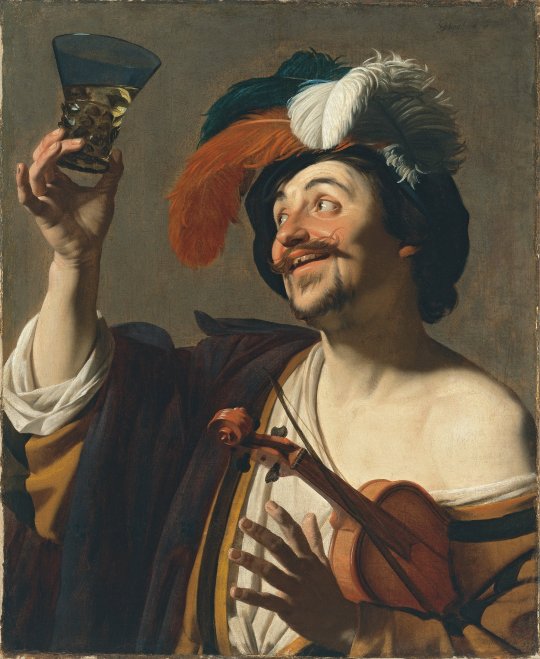
The Happy Violinist, Gerard van Honthorst, ca. 1624
#art#art history#Gerard van Honthorst#Gerrit van Honthorst#portrait#portrait painting#genre painting#genre art#Dutch Golden Age#Caravaggism#Caravaggisti#Utrecht Caravaggisti#Baroque#Baroque art#Dutch Baroque#Dutch art#17th century art#oil on canvas#Thyssen-Bornemisza Museum#museo thyssen bornemisza
158 notes
·
View notes
Photo
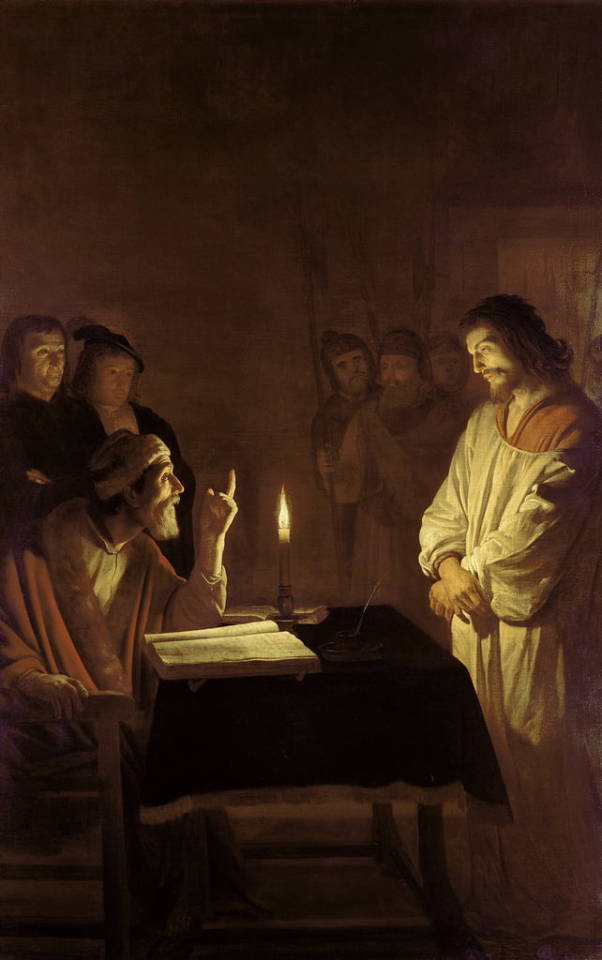
Christus vor dem Hohenpriester, 1617 von Gerrit van Honthorst (1617, Öl auf Leinwand)
#kunst#kunstwerk#art#artwork#gerrit van honthorst#religion#religiöse kunst#religious art#jesus#christ#christus#hohenpriester#high priest#gott#god#vater#father#herr#lord#bibel#bible#kerze#candle#beten#pray#christentum#christianity#ölgemälde#oil painting
56 notes
·
View notes
Text

Christ Crowned with Thorns
Artist: Gerrit van Honthorst (Dutch, 1590 - 1656)
Date: About 1620
Medium: Oil on Canvas
Collection: Getty Center Museum, Los Angeles, CA, United States
Painting Description
As was customary for promising Dutch painters in the 1600s, Gerrit van Honthorst traveled to Italy to complete his artistic training. In Rome he fell under the spell of Caravaggio's revolutionary style and adopted his use of realistic figures and dramatic lighting, known as chiaroscuro. In Italy he acquired the nickname Gherardo delle Notti (Gerrit of the Nights) because he painted so many night scenes lit by candles or torches.
This recently discovered painting may have been made as an altarpiece. It shows the Crowning with Thorns, one of the last of the series of events comprising the trial of Christ. His crude features illuminated by a torch, a jeering soldier mocks Christ, who humbly accepts the soldier's derision. In the shadows, another soldier places the crown of thorns on Christ's head, using a cane to protect his own hands. At the left, two dimly lit figures, perhaps Pontius Pilate and an advisor, discuss Christ's fate.
Biblical Narrative | John 19: 1-3
So Pilate then took Jesus and had Him flogged. And the soldiers twisted together a crown of thorns and placed it on His head, and put a purple cloak on Him; and they repeatedly came up to Him and said, “Hail, King of the Jews!” and slapped Him in the face again and again.
#painting#passion of christ#christianity#biblical story#christ crowned with thorns#gospel of john#jesus christ#soldiers#crown of thorns#purple cloak#mockery#oil on canvas#gerrit van honthorst#dutch painter#getty center#17th century painting#male figures
14 notes
·
View notes
Text

Gerrit van Honthorst Satyr and Nymph 1623
77 notes
·
View notes
Text

The Violin Player | Gerrit van Honthorst | 1626 | Mauritshuis
"The Utrecht painter Van Honthorst lived for a while in Rome, where he was influenced by the work of Caravaggio. He caused a sensation with his night paintings, which gave him the nickname ‘Gherardo delle Notti’, Gerrit of the Nights. But he also made cheerful figure paintings, such as this enticing young woman.
Van Honthorst was one of the Utrecht Caravaggists, and his modern, dramatic style had a great influence on Dutch painting. When he became court painter to stadholder Frederik Hendrik, his style became gradually daintier."
#The Violin Player#Gerrit van Honthorst#mauritshuis#den haag#holland#netherlands#the netherlands#caravaggio#caravaggisme#utrecht#bella ramsey
15 notes
·
View notes
Text

A Merry Violinist Holding a Roemer Gerrit van Honthorst (Dutch; 1592–1656) ca. 1624 Oil on canvas Sotheby’s, New York
#violinists#violins#stringed instruments#music#musicians#roemers#glass#glasses#Gerrit van Honthorst#Honthorst#Dutch art#Dutch artists#Dutch paintings#Dutch painters#17th century#17th-century art#17th-century artists#Baroque art#1620s#wine#wine glass#wine glasses#hats#feathers#Utrecht Caravaggisti#Utrecht Caravaggism#Northern Baroque#17th-century Dutch art#17th-century Dutch artists
33 notes
·
View notes
Text

25/xx Gerrit van Honthorst, George Villiers, c1628, location unknown.
The final painted portrait of George. Cadiz failed. Breda failed. The attempt to relieve La Rochelle has failed. His eldest son has died. Parliament is impeaching him again. The French marriage has backfired. The libels and black propaganda are coming in a veritable flood. Not even the fact the King is still obsessed with him is going to save him.
This is the look of a man who is well and truly fucked, and knows it.
#george villiers#duke of buckingham#charles i#steenie#portraits of steenie#gerrit van honthorst#he’s dead meat and he knows it
6 notes
·
View notes
Text



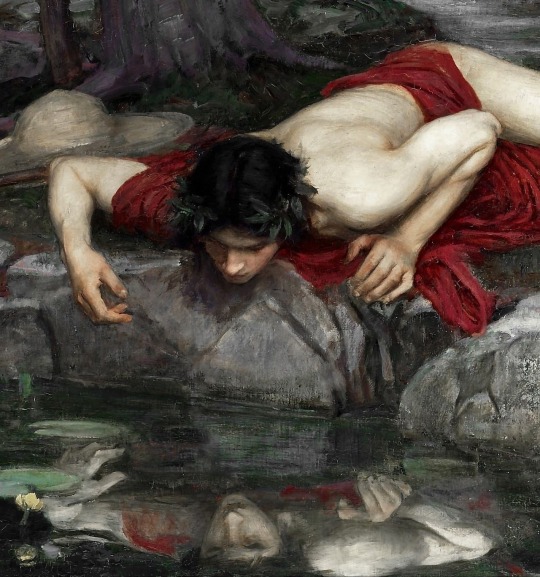


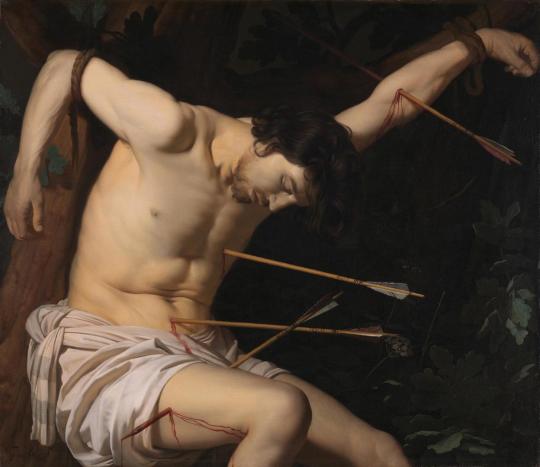

De Profundis, Oscar Wilde (1897 [1905]) / Narcissus, Caravaggio (1597- 99) / Narcissus, Helen Thornycroft (1876) / Echo and Narcissus, William Waterhouse (1903) / Divine Looser, Clem Turner (2021) / The fall of Icarus, Jacob Peter Gowy (1635- 37) / Saint Sebastian, Gerrit van Honthorst (ca 1623) / Humanitad, Oscar Wilde (ca 1890)
#dont ask me what this means#oscar wilde#de profundis#humanitad#narcissus#caravaggio#echo and narcissus#william waterhouse#clem turner#icarus#the fall of icarus#jacob peter gowy#saint sebastian#gerrit van honthorst#(its a secret)#5/12/23
14 notes
·
View notes
Text
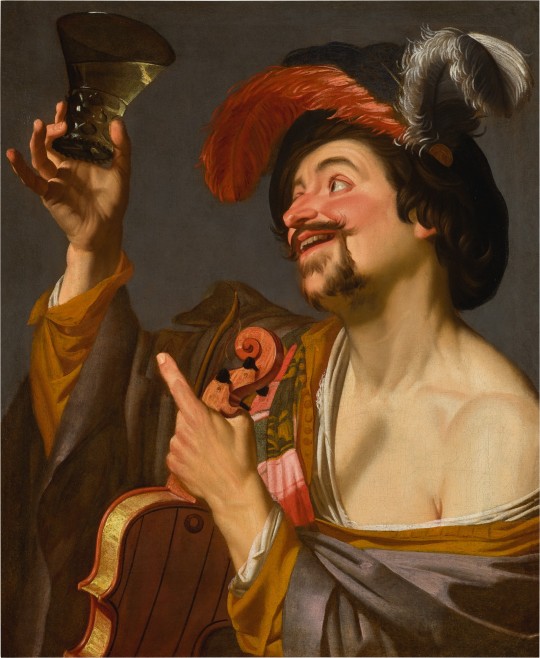
A merry violinist holding a roemer, Gerrit van Honthorst
109 notes
·
View notes
Text

Double Portrait of Frederik Hendrik (1584- 1647) and Amalia of Solms-Braunfels (1602- 1675)
Artist: Gerard van Honthorst (Dutch, 1592–1656)
Date: c.1637-1638
Medium: Oil on Canvas
Collection: Mauritshuis, The Hague, Netherlands
Depicted People:
Frederick Henry of Orange-Nassau
Amalia of Solms-Braunfels
Description
This portrait of Stadholder Frederik Hendrik and Amalia of Solms was painted by their court painter, Gerrit van Honthorst. It is clearly an official state portrait: the couple are depicted in all their finery, life-size and full length. It was made to mark Frederik Hendrik’s recapture of Breda in 1637.
Van Honthorst painted the portrait for the Grote Zaal (Large Hall) at Huis ter Nieuburg, one of the stadholder’s residences near Rijswijk, but the painting was later lost. The painting here is a copy made by Van Honthorst for Constantijn Huygens, Frederik Hendrik’s secretary. It originally hung in Huygens’s home on the Plein, opposite the Mauritshuis.
#portrait#frederik hendrik#amalia de solms#gerrit van honthorst#dutch art#man#woman#costume#lace#pearls#drapes#helmet#weapon#netherlands#baroque#european royalty#royal#prince#order#sword#standing#full length
4 notes
·
View notes
Text

Gerrit van Honthorst, The Concert, 1623, oil/canvas (National Gallery of Art, Washington D.C.)
51 notes
·
View notes
Photo
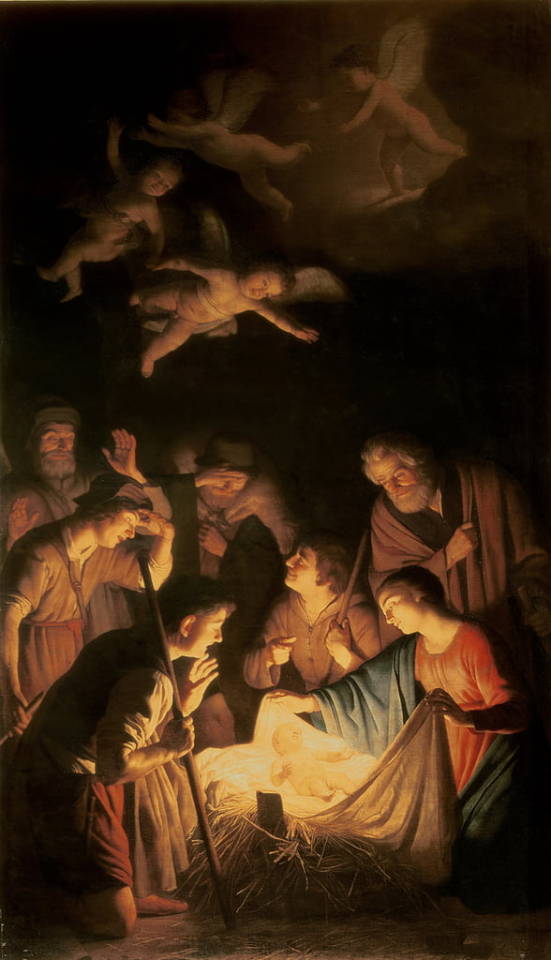
Adoration of the Shepherds, 1617 by Gerrit van Honthorst
(1617, Öl auf Leinwand)
#adoration#shepherds#Gerrit van Honthorst#religion#church#kirche#bible#bibel#faith#birth of jesus#jesus#jesus christ#christus#birth#amen#art#painting#angels#mother mary
55 notes
·
View notes
Text

“St Sebastian” by Gerrit van Honthorst
12 notes
·
View notes
Text

9 notes
·
View notes